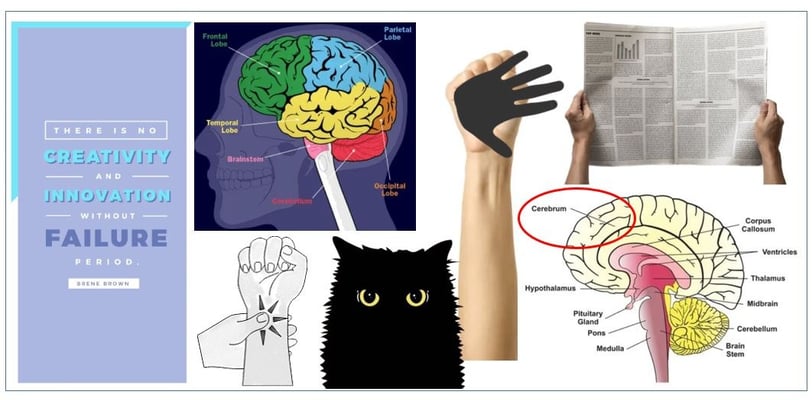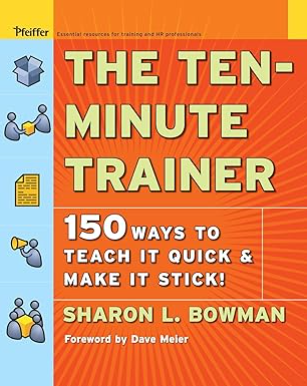CREATIVE LEARNING EXPERIENCES THAT CHANGE BEHAVIOR
Scaredy Cat Brain Re-Train: 101
How to Turn Failing into Cognitive Catnip
LEARNER MOTIVATION
Lesley S
6/4/20252 min read


Make a fist with one hand. It represents your brain sitting on top of your spinal cord (your arm).
Now use your other hand to touch your wrist. Your wrist represents your brainstem, also called the subcortex or survival brain. It's right at the base of your head. Its job is to scan the environment for threats and when they are detected, trigger the fight–flight reaction.
Touch your fist. Your fist is the part of your brain in the middle of your head - your limbic or emotional brain. Here is where most emotions are housed and information/experiences with strong emotional connections are moved into long-term memory.
Finally, lay your other hand over your fist. This represents the cerebrum, neocortex, or thinking brain. The gray matter that, if you stretched it out, would be around the size of a newspaper. It has two hemispheres that are connected with some convoluted and complex wiring called the corpus callosum.
Now imagine you're freezing. Or hungry. Thirsty. Or back in elementary school, asking a question that makes all your schoolmates laugh at you. You want to die. These threats - whether physical or psychological - cause the hand covering your fist to move away. As it does, your thinking brown downshifts and takes note of sights, sounds, smells, textures, and movement. All this sensory data is then lumped together into a memory-packet labeled “Danger!”
And anything that evokes the "Danger!" memory-packet is best avoided from now on.
Even just the thought of having to attend class can activate "Danger!" in learners who suffered terrible classroom experiences. And by the time their adult selves walk into - or log into - a training, their brains are already at Defcon 5, full-on scheming how to get them out of there.
So what is a learning experience designer to do?


The quickest and most powerful way to create safety in a training is to make it fun, advises Sharon Bowman, author of THE TEN-MINUTE TRAINER: 150 Ways to Teach it Quick & Make it Stick (Pfeiffer; 2005). Since emotion directs attention which directs learning, it's important to make a learning experience positive. Especially the part that involves failing.
Failing that is fun is a hallmark of engaging video games. In fact, players view it as integral to the overall fun factor. Try something and fail. Try it again, but with a twist. Get further. Fail. Repeat. Enjoy. How different from the way most of us experienced failing in school, and the ensuing feelings of terror and awfulness.
Instead, when failing becomes linked to progress and mastery, you are tapping into one of the core elements of intrinsic motivation. Which is cognitive catnip to help un-scarify the skittish brain.